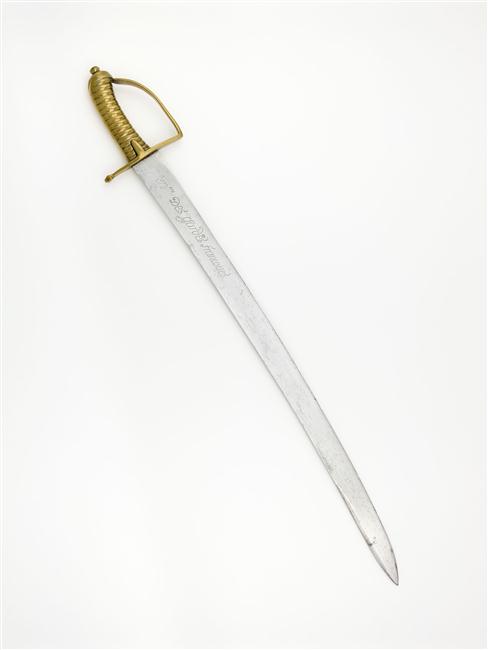The title of Marèchal de France was specific to the court of France; it should not be confused as being a military rank - rather it was an honourific title granted to generals who had distinguished themselves in an extraordinary manner on the battlefield. The outward signs were the baton of office which were blue and adorned with golden fleur-de-lys. The uniform of the lucky recipient also underwent changes once the honour was granted; seven stars were embroidered onto the epaulettes.
During the reign of Louis XIV, the title was granted to no fewer than 53 officers. Below you will find a complete list of their names, familial allegiances reason for receiving the honour - and a fun fact.
César de Choiseul, Duc de Choiseul
Year granted: 1645
Interesting fact: he remained on the side of the royal family during the Fronde which earned him the gratitude of both Anne of Austria and Louis XIV
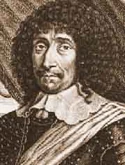
Josias Rantzau, Comte de Rantzau
Year granted: 1645
Interesting fact: Josias was a Dane who used his military skill on behalf of four different sovereigns: the king of Denmark, the king of France, the Prince of Orange and the king of Sweden

Nicolas V de Neufville de Villeroi, Duc de Villeroi
Year granted: 1646
Interesting fact: he gained the honour through Cardinal Mazarin and was later appointed as governor of the young Louis XIV

Antoine d'Aumont de Rochebaron, Duc d'Aumont
Year granted: 1651
Interesting fact: he died from a fit of apoplexy in 1669

Jacques d'Étampes, Marquis de La Ferté-Imbert
Year granted: 1651
Interesting fact: before Louis XIV's ascension to the throne, he served Louis XIII in his wars against the French Protestants

Henri II de la Ferté-Senneterre, Duc de la Ferté-Senneterre
Year granted: 1651
Interesting fact: he received his title following a successful defense of Hesdin against the Spanish army in 1639. When he was captured - during a campaign - in 1656, he was ransomed by Louis XIV to whom he had remained loyal during the Fronde
Charles de Monchy, Marquis d'Hocquincourt
Year granted: 1651
Interesting fact: he died while defending Dunkirk

Jacques Rouxel, Comte de Grancey
Year granted: 1651
Armand Nompar de Caumont, Duc de La Force
Year granted: 1652
Interesting fact: he was a Huguenot Protestant who had no less than two horses shot out from under him during the Siege of Hondarribia

Philippe de Clérambault, Comte de la Palluau
Year granted: 1652
Interesting fact: he was granted his title of Marèchal for his loyalty to the crown during the Fronde

César Phoebus d'Albret, Comte de Miossens
Year granted: 1652
Interesting fact: Cardinal Mazarin was hesitant about fulfilling his promise of the title of Marèchal; it was only after court intrigue - including by César's cousin, Madame de Montespan - that César was given it.

Louis de Foucault de Saint-Germain-Beaupré, Comte de La Daugnon
Year granted: 1653
Interesting fact: he was initially opposed to the crown during the Fronde but changed sides in 1653
Jean de Schulemberg, Comte de Montejeu
Year granted: 1658
Interesting fact: one of his finest military moments was when he drove back the Grand Condé before the city of Arras in 1654
Abraham de Fabert, Marquis d'Esternay
Year granted: 1658
Interesting fact: Abraham differed from the majority of the men on this list in one particular aspect - he was not an aristocrat. As such, he would become the first commoner to reach the title of Marèchal de France.

Jacques de Mauvisière, Marquis de Castelnau
Year granted: 1658
Interesting fact: he was shot while inspecting the Fort of Léon but managed to return to court. A short time later he died of his wounds

Bernardin Gigault, Marquis de Bellefonds
Year granted: 1668
Interesting fact: he was given the prestigious posts in the royal households of both Louis XIV and the Grand Dauphine and Grande Dauphine. If anything, he certainly deserved his promotion - he spent 41 years in active service!

François de Créquy, Marquis des Marines
Year granted: 1668
Interesting fact: both he and his brother remained loyal to the crown during the Fronde. He would fall from grace in 1675 when he failed to hold the city of Trier - he was blamed for the failure by both Louis XIV and his ministers. Although not entirely disgraced, he would never enjoy the same confidence again

Louis de Crevant, Duc d'Humières
Year granted: 1668
Interesting fact: along with the Marèchaux de Créquy and Bellefonds, he was exiled briefly in 1672 when they refused to serve under Turenne - it was a long-standing tradition that one Marèchal did not serve under another

Godefroy d'Estrades, Comte d'Estrades
Year granted: 1675
Interesting fact: he was a skilled negotiator who was sent by Louis XIV to settle the treaties of Breda with Denmark and Nijmwegen with the Netherlands. He also arranged the restitution to France of Dunkirk.

Philippe de Montaut-Bénac, Duc de Navailles
Year granted: 1675
Interesting fact: he was exiled with his wife when she refused Louis XIV entry in the chamber of Anne of Austria's young ladies

Year granted: 1675
Interesting fact: This German (born in Heidelberg) had the honour of being not "only" a French Marèchal but also a General in both the English and the Portuguese Armies. He was forced to leave France after the Edict of Nantes was revoked. He died in the Battle of the Boyne.

Jacques Henri de Durfort, Duc de Duras
Year granted: 1675
Interesting fact: he took part in the destruction of the Palatinate - home of Madame, Louis XIV's sister-in-law. He was in high favour with the king who allowed him to say what he pleased.

François d'Aubusson, Duc de La Feuillade
Year granted: 1675
Interesting fact: he spent lavish sums on his Hôtel de La Feuillade which is said to have cost over 7.000.000 livres.

Louis Victor de Rochechouart, Duc de Mortemart
Year granted: 1675
Interesting fact: he was the brother of Madame de Montespan whose influence aided him in getting the position of General of the Galleys. He was later made Viceroy of Sicily and First Gentleman of the King's Chamber

François-Henri de Montmorency, Duc de Luxembourg
Year granted: 1675
Interesting fact: he suffered from the disability of being hunch-backed; nevertheless, his mind was sharp and he is credited with never having lost a battle

Henri Louis d'Aloigny, Marquis de Rochefort
Year granted: 1675
Interesting fact: he was gravely wounded in 1676 which led to his death at Nancy
Guy de Durfort, Duc de Lorges
Year granted: 1676
Interesting fact: he was born a twin, but his brother died in infancy. He would later so impress Louis XIV that he was elevated from his title of Comte de Lorges to Duc de Lorges
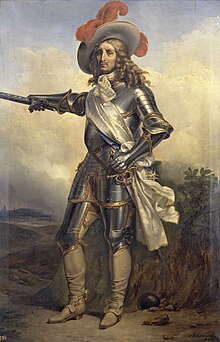
Jean II d'Estrées, Comte d'Estrées
Year granted: 1681
Interesting fact: he was the nephew of Gabrielle d'Estrées, mistress to Henri IV. He suffered a naval disaster at Las Aves for which he was blamed by some. Nevertheless, once he made it back to France, the king absolved him of blame
Claude de Choiseul, Marquis de Francières
Year granted: 1693

Jean Armand de Joyeuse, Marquis de Grandpré
Year granted: 1693
Interesting fact: during the Battle of Neerwinden he was shot which resulted in the end of his active military career
Year granted: 1693
Interesting fact: his nomination was almost entirely based on royal favour. He had been the governor of Louis XIV and had been a firm favourite for years. When he was made Marèchal he had never had a significant command in either army or navy. It was he who - for no apparent reason - decided to bombard Brussels to such an extend that the city had to be rebuilt in the 18th century

Louis François de Boufflers, Duc de Boufflers
Year granted: 1693
Interesting fact: he was wounded while besieging Mons and partook in the Siege of Namurs alongside Louis XIV

Anne-Hilarion de Costentin, Comte de Tourville
Year granted: 1693
Interesting fact: he was an immensely successful naval commander who managed to heavily damage the 97 ships of the Anglo-Dutch fleet while himself having just 45 ships at his disposal - eventually, his enemies sent fireships at him which forced him to retreat. He would also inflict another defeat on the English-Dutch alliance in 1690 when he sunk or captured 15 ships

Anne Jules de Noailles, Duc de Noailles
Year granted: 1693
Interesting fact: he raised a regiment which (naturally) was named after him

Nicolas Catinat
Year granted: 1693
Interesting fact: the other commoner on the list, Nicolas was the son of a magistrate

Louis Joseph de Bourbon, Duc de Vendôme
Year granted: 1695
Interesting fact: he was one of the best strategists of his time, even receiving praise from Eugene of Savoy. He earned the respect of his men by his calculated maneuvers which caused minimal loss of lives
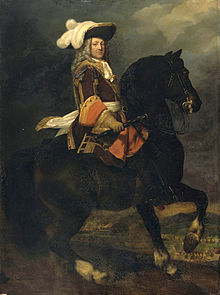
Claude Louis Hector de Villars, Duc de Villars
Year granted: 1702
Interesting fact: while being a successful general, he was better known at court for his boasting - and his love for young men

Noël Bouton, Marquis de Chamilly
Year granted: 1703
Interesting fact: he was granted the Order of the Holy Spirit
Victor Marie, Duc d'Estrées
Year granted: 1703
Interesting fact: he served as a member of the Regency Council but had little flair for politics. Instead, he devoted his time to his enormous collection of art and books

François Louis Rousselet, Marquis de Château-Renault
Year granted: 1703
Interesting fact: he managed to withstand an attack by Cornelius Evertsen with 25 ships despite having just 6 ships at his own disposal

Year granted: 1703
Interesting fact: he was a forward thinker whose ideas clashed with the time he lived in. For example, he suggested that taxation should be spread out more equally and that borders should be decided by coherence and defensibility

Conrad von Rosen, Marquis de Rosen
Year granted: 1703
Interesting fact: he was originally from Livonia - then under Swedish control - where he was exiled for killing an officer in a duel
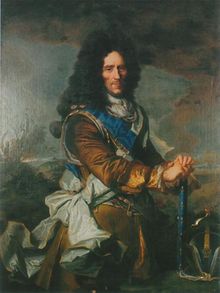
Nicolas Chalon du Blé, Marquis d'Huxelles
Year granted: 1703
Interesting fact: he represented the king during the negotiation for the treaty of Utrecht
René de Froulay, Comte de Tessé
Year granted: 1703
Interesting fact: he was one of the leading officers who carried out Louis XIV's scorched-earth policy in the Palatinate
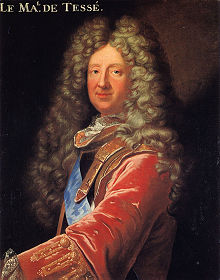
Camille d'Hostun, Duc de Tallard
Year granted: 1703
Interesting fact: Camille witnessed the utter destruction of the forces under his command at the Battle of Blenheim after which he was captured by the English. Nevertheless, he was made a Marèchal and made a duke when he returned to France

Nicolas Auguste de La Baume, Marquis de Montrevel
Year granted: 1703
Reason for receiving the title:
Interesting fact:
Henri d'Harcourt, Duc d'Harcourt
Year granted: 1703
Interesting fact: he was serving in the French Army of the Rhine when he suffered a stroke which forced him to retire

Ferdinand de Marchin, Comte de Marsin
Year granted: 1703
Interesting fact: Ferdinand died while serving as he was severely wounded at the Battle of Turin. He was captured and died in prison shortly afterwards
James FitzJames, Duke of Berwick
Year granted: 1706
Interesting fact: he was the illegitimate son of James II of England (whose claim to the English throne Louis XIV supported) and Arabella Churchill

Charles Auguste Goyon, Comte de Matignon
Year granted: 1708
Interesting fact: he accompanied James II when set sails for Ireland

Jacques de Bazin, Marquis de Bezons
Year granted: 1709
Interesting fact: he was made a member of the Regency Council following the death of Louis XIV
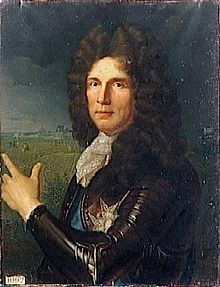
Pierre de Montesquiou, Comte d'Artagnan
Year granted: 1709

Alberico III Cybo-Malaspina, Duc de Massa
Year granted: 1703

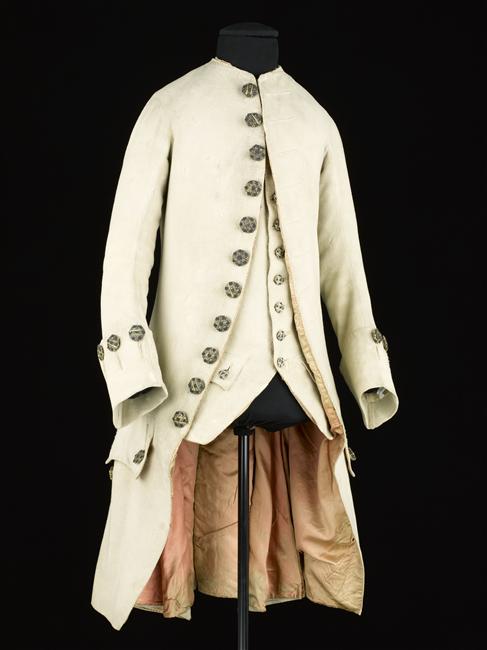
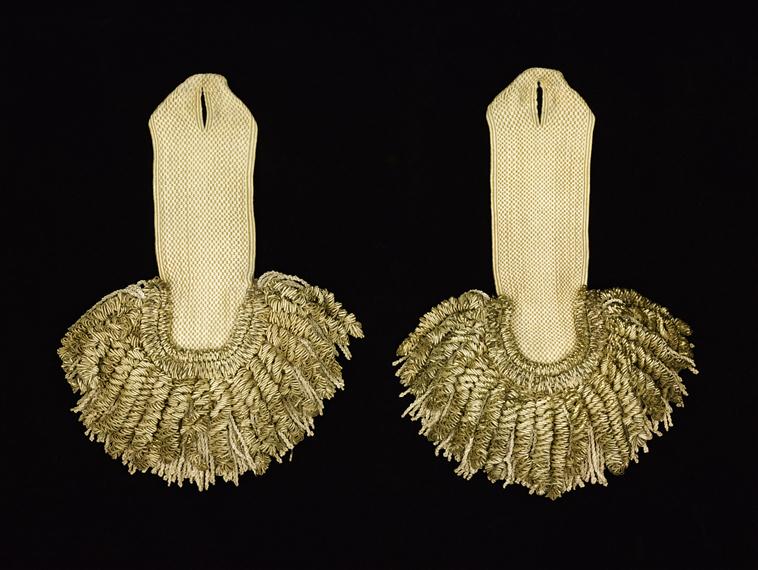

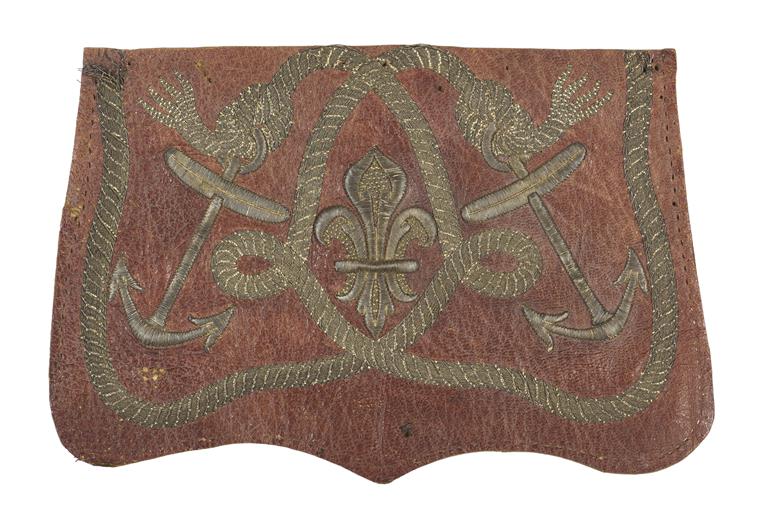

.jpg)

